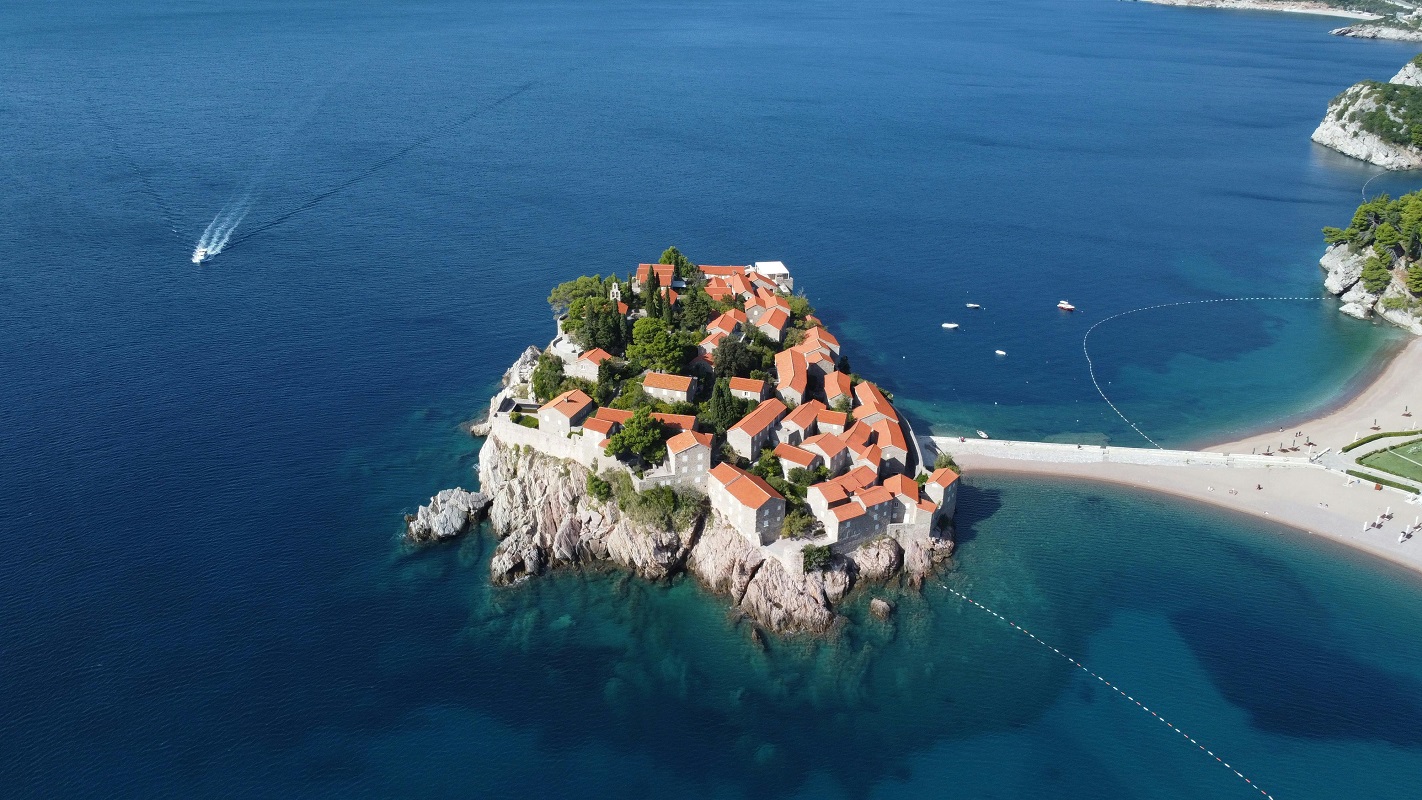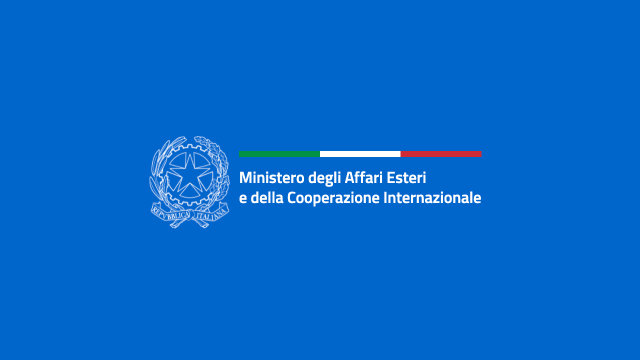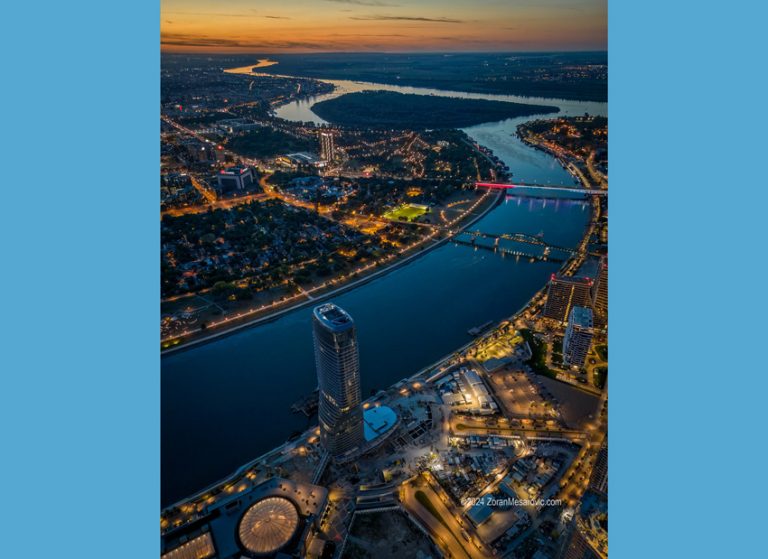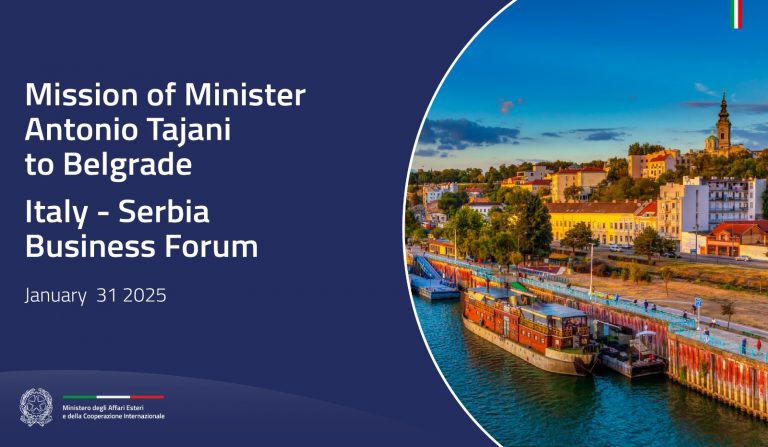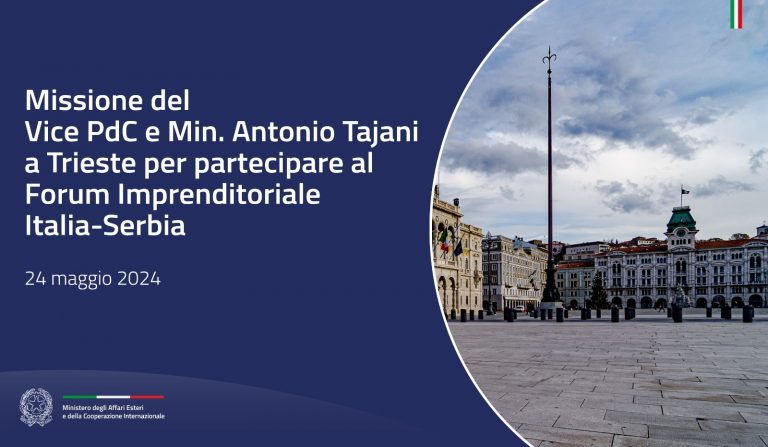Montenegro is firmly embarking on the path of green transition through new laws and more ambitious commitments. Although Montenegro’s greenhouse gas emissions have an extremely limited global impact – estimated at just 0.09% – the country intends to play its part in the fight against global warming. The Ministry of Ecology, Sustainable Development, and Northern Development is currently drafting a new regulation on climate change protection, aiming to adopt it by early 2025.
The law, which will replace the previous 2019 version, will establish obligations and responsibilities regarding adaptation and mitigation measures, outline the regulatory framework for strategic documents in the sector, regulate reporting and monitoring procedures, and define administrative, financial, and inspection aspects. The draft also aims to align the legislation more closely with European Union (EU) standards in this area, with a view to advancing alignment with the EU acquis in the environmental and climate change negotiation chapter.
Article 6 of the law will regulate the “Strategy for low-carbon development”, the key strategic document on climate protection. This Strategy will represent a long-term pathway, including targets to be reached across all sectors that impact carbon emissions – energy, transport, industrial processes, agriculture, and waste management. If the new law is approved in the short term, the next goal will be to adopt the Strategy by the end of next year. Biennial action plans will follow to monitor its implementation. The new climate protection law, according to the relevant technical administration, aims to contribute to making Montenegro’s economy low-carbon and resilient to the global climate crisis.
The country, with the assistance of the United Nations Development Programme (UNDP), is also drafting the National Adaptation Plan (NAP), which aims for comprehensive medium- and long-term climate change adaptation planning through a process of identifying and assessing vulnerabilities and risks, as well as defining potential mitigation measures. The drafting of the document, which will span ten years, is being conducted through extensive public consultation, involving relevant national institutions and various experts.
The UNDP is also working to support the Government of Montenegro in updating the Nationally Determined Contribution (NDC). The last NDC, presented in 2021, included a commitment to reduce greenhouse gas emissions by at least 35% by 2030 compared to 1990 levels. In December 2022, the country raised its climate ambitions, pledging a 55% reduction by 2030, as part of its participation in the Energy Community Ministerial Council. The new NDC, which the Government hopes to finalize by 2025, will include at least this target, with the possibility of reaching 60%.
Furthermore, in November, the UNDP signed a memorandum of understanding to strengthen collaboration on green development and sustainability with the Electric Power Company of Montenegro AD Niksic (EPCG), Montenegro’s electricity company. The memorandum represents a further commitment to a just green transition and greater efficiency in achieving development goals, initially for a four-year duration.

